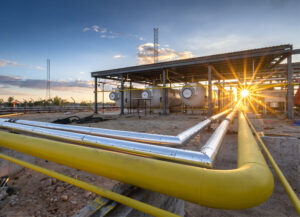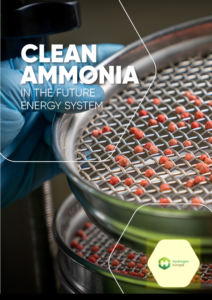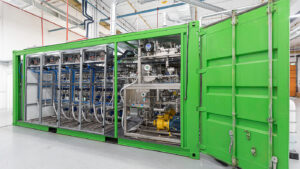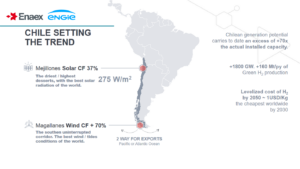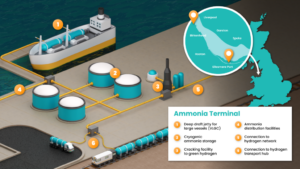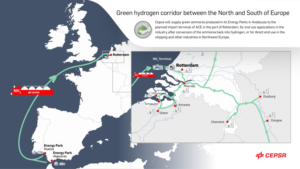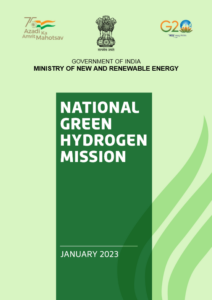India: a future ammonia energy giant
Although a globally significant ammonia producer, India still relies on ammonia & fertilizer imports to support its agricultural sector. In our recent episode of Ammonia Project Features, we explored the potential of domestically-produced renewable ammonia to both replace these imports and position India as an ammonia energy giant. Excellent solar PV resources, plentiful government support and access to “round-the-clock” renewables were all highlighted as key drivers for India to meet its renewable ammonia potential.
